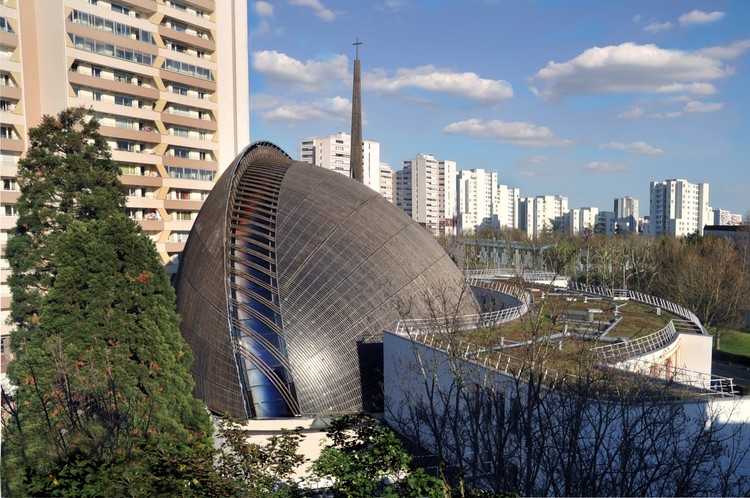
-
Architects: architecturestudio
- Year: 2015
-
Photographs:Yves Mernier , Fargeot

Text description provided by the architects. In 2009, on the initiative of Bishop Santier, the diocesan association of Créteil, supported by the Chantiers du Cardinal, opted for an ambitious project to expand the cathedral of Notre-Dame de Créteil. Conceived by Charles-Gustave Stoskopf, holder of the Prix de Rome, this architecture is typical of the 1970s when “the theology of blending-in” prevailed at the time. It is part of the contemporary heritage of the City of Créteil.




.jpg?1442455251)





.jpg?1442455271)


.jpg?1442455251)






